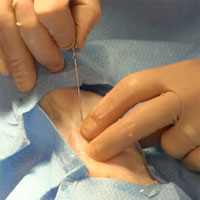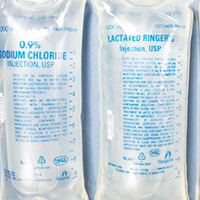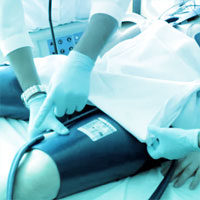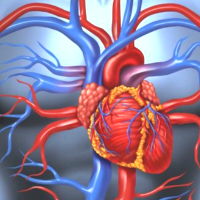Tag: hemodynamics

Arterial Line Placement
Approximately eight million arterial lines are placed in the United States yearly. The main indication for arterial line placement is the need for close hemodynamic monitoring. The second-to-second blood pressure variations... read more

R.E.B.E.L. EM – Fluid Responsiveness and the Six Guiding Principles of Fluid Resuscitation
Fluid resuscitation is a crucial aspect of emergency and critical care. Since the advent of the concept of early goal-directed therapy, we have placed a huge emphasis on aggressive fluid resuscitation in patients with severe... read more

Advanced Hemodynamic and Cardiopulmonary Ultrasound for Critically Ill Patients
Focused echocardiography, advanced hemodynamic, and cardiopulmonary point-of-care ultrasound studies provide time-sensitive evaluation of critically ill patients, guiding and facilitating earlier implementation of life-preserving... read more

Sodium Lactate Improves Hemodynamics
Sodium lactate has been shown to improve hemodynamics and avoid fluid overload. The objective of this study was to confirm a beneficial effect on fluid balance with sodium lactate infusion and to specify whether the advantage... read more

Pilot Feasibility Study of Therapeutic Hypothermia for Moderate to Severe ARDS
Neuromuscular blockade alone does not cause hypothermia but allowed acute respiratory distress syndrome patients to be effectively cooled. Results support conducting a randomized clinical trial of hypothermia in acute respiratory... read more

Predicting the Hemodynamic Response to Prone Positioning
Graphical models of physiology are heuristically appealing as they facilitate qualitative conclusions at the bedside of the critically ill. Historically, the Rahn diagram has portrayed the physiology of the lungs, chest wall... read more

Prognostic Effect and Longitudinal Hemodynamic Assessment of Borderline Pulmonary Hypertension
Borderline PH is common in patients undergoing RHC and is associated with significant comorbidities, progression to overt PH, and decreased survival. Small increases in mPAP, even at values currently considered normal, are... read more

Cardiohepatic Interactions in Heart Failure
Liver involvement in chronic heart failure has long been recognized and reflects the systemic hemodynamic changes that occur during the evolution of heart failure syndrome. Apart from venous congestion and backward failure,... read more

Systemic and Microcirculatory Effects of Blood Transfusion in Experimental Hemorrhagic Shock
The microvascular reperfusion injury after retransfusion has not been completely characterized. Specifically, the question of heterogeneity among different microvascular beds needs to be addressed. In addition, the identification... read more

A Primer on the Perils of Intravenous Fluids – Part 1
The provision of intravenous fluids is no trivial intervention. Indeed, one eminent nephrologist has called for medical students to receive, not a 'white coat ceremony' at the outset of their education, but instead... read more

Adrenomedullin: a marker of impaired hemodynamics in cardiogenic shock
Bio-ADM is a valuable prognosticator and marker of impaired hemodynamics in CS patients. High levels of bio-ADM may show shock refractoriness and developing end-organ dysfunction and thus help to guide therapeutic approach... read more








